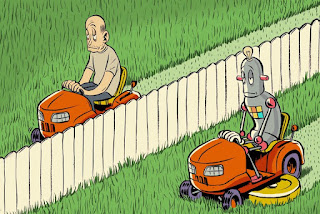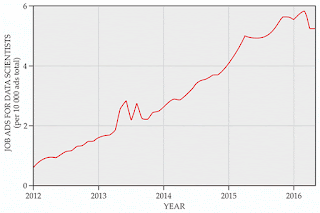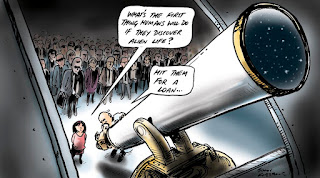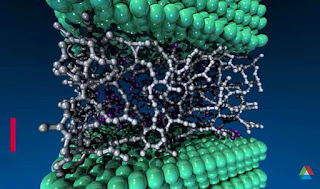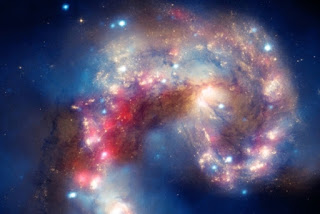This is an essay I posted on Scribd.com. I wasn't going to post it until I heard about the apathy of my millennial niece and her friend back in Texas during this election cycle. I hope she reads this. I hope she's pissed off with Unc to the point she rolls her eyes and doesn't speak to me for a while...it'll mean she's at least listening.
Intro
I realize invoking the word apocalypse is a cultural malapropism, since it actually means “to reveal” instead of the popular association to Armageddon and mass extinction. Mind you, I really, REALLY wasn’t going to post this because…Internet. The shiver that could result from the pat-on-the-back self-congratulatory achievement of “going viral” can be career-limiting in many fields. However, we’re on the verge of electing a contrived fiction to the most powerful office ever created and give him the nuclear codes. I hear a lot of millennials – one my own niece and her friend – who aren’t voting for either candidate. Rather than say you should review “Schoolhouse Rock” videos and less “Keeping Up with the Kardashians,” I’m going to “keep it 100” and put it in terms you can all understand and hopefully act on before the country you take for granted becomes your favorite dystopian movie. You can wait for the credits that won’t be coming.
The first night of the RNC convention could have been a success with the noted exception of Melania Trump lifting whole cloth parts of now First Lady Michelle Obama’s speech to the DNC convention in 2008. An out-of-work journalist was the first to catch and tweet it (a sad indictment of the employed journalists ACTUALLY at the RNC convention) [1]. The last night of the RNC was like “The Dark Knight Returns”: the world was essentially a shit show like Gotham, and Batman screamed for 75 minutes incoherent, semi form, hand-tossed Word Salad anointing himself Bruce-Wayne-Almighty-Cheetos-Jesus savior of the planet by the strength of his will alone (no cool gadgets – just a Galaxy Smart Phone and a twitter handle he misspells as he jacks off on almost daily). The Bat’s bravery was previously demonstrated during his selfless sacrificed Vietnam five deferments to let others more worthy die in his place.
Link: Party of Apocalypse
Huffington Post:
GOP Operative Lashes Out At Party, Calls Trump 'Cheetos Jesus' In Epic Tweetstorm
